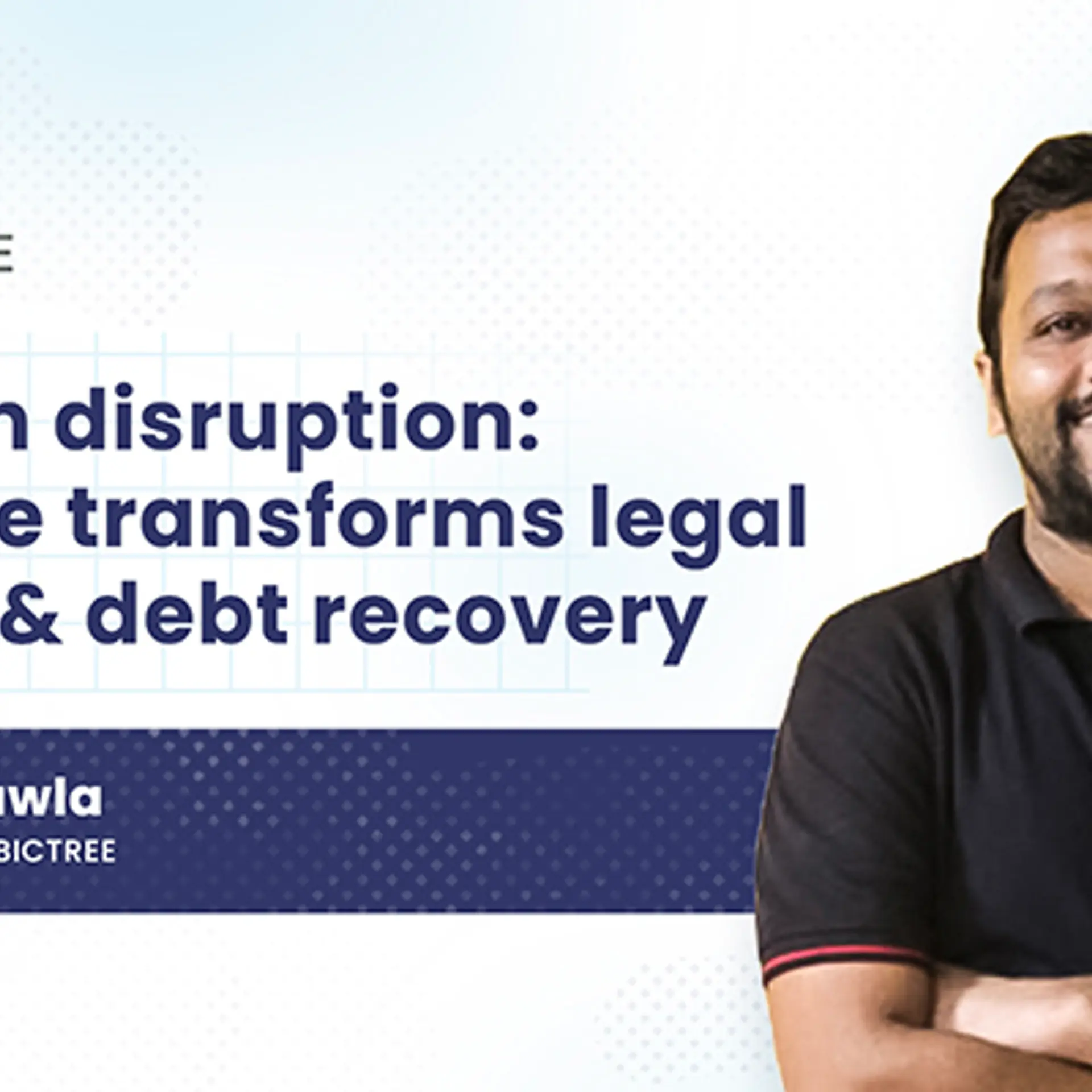What work from home means for an NGO providing COVID-19 relief
The COVID-19 outbreak and the subsequent lockdown have forced most organisations, including NGOs, to implement work from home policies.
Almost unanimously, leaders from different industries had been dismissive of the work from home model as they believed that it would hamper productivity.
In their understanding, work from home could be an occasional exception, but never the rule. But the last couple of months has brought a paradigm shift in this opinion.
The COVID-19 pandemic and subsequent lockdown have turned life upside down, and most organisations, NGOs included, were forced to ask their employees to work from home.
This virtually threw a lot of managers into a conundrum — how were they going to ensure that the rate of output did not see a decline, how were meetings to be held, how would teams coordinate to meet deadlines for various projects?
When it comes to the social sector, the situation is further complicated — while teams handling operations and looking into logistics could operate remotely, most projects need staff to be on-site to directly reach out to the varied beneficiary bases.
There are even more challenges faced by the social sector while working from home.
Lack of access to technology
While it is assumed that all corporate employees have access to laptops/systems via which they can work, as well as a reliable internet connection, it is the complete opposite when it comes to demographics that belong to the lower-income sections of the society.
Most families come from destitute backgrounds; a block of jhuggis (a slum dwelling) will share one cell phone that is only used for making calls and sending messages; only the more ‘prosperous’ families have a 4G connection. Further, classes held over the internet are a far cry from becoming a reality. Technology cannot replace the classroom when it came to reaching out to homeless and destitute people.
The lack does not affect just beneficiaries but employees as well. While corporates have made arrangements for those who do not have systems to work from home, organisations in the social sector have to take a call — how much of their funding can they afford to redirect to invest in systems?
The human touch
NGOs deal with real people with real emotions. Most beneficiaries have seen the harshest of realities that most of us struggle to even imagine.
It is simply not possible to be able to reach out them, extend a helping hand, and offer comfort while sitting at a desk or at a home office.
Fundraising
Executing COVID-19 relief involves a lot of funds to ensure that aid reached those who are in dire need of it. What really helps when it comes to raising funds is putting a face to the organisation.
However, with strict restrictions on movement, fundraising was relegated to the online arena. Combined with the economy suffering, funds for various programmes, not just COVID-19 relief, have taken a big hit.
Balancing personal and private life
We are still so unused to the entire concept of work from home, evidenced by the fact that all barriers have collapsed, and employees are expected to be available at all times — not just in terms of work but in terms of familial life.
A simple internet search reveals thousands of online meetings being interrupted by a significant other, child, or even parent. While these do bring out the occasional laughs, these interruptions do cause stress and anxiety, and at the end of the day, interrupts a steady flow, and the train of thought.
It has been almost three months since the lockdown has been imposed. While strict restrictions have been lifted, the increase in the number of positive cases shows that we still need to be extremely careful.
A few offices have opened up and are allowing employees to work within the premises while maintaining social distancing, and others are finding increasing advantages of the work from home model.
A number of employees have stated that they tend to work more from their homes; they save time and money by not having to travel to work, and therefore are fresher to take on the day’s tasks. The flexibility of work hours is appealing to the most — many team members are night owls, and are at their creative and productive best towards the late hours of the night.
What is pleasantly surprising is that working from home has encouraged various organisations to look into the mental health of co-workers. The different teams are conducting ‘getting to know you’ sessions every week, where they kick back and discuss topics apart from work. These give a break from the regular meetings that involve problem-solving and brainstorming.
But, there is a flip side to everything. NGOs invest not just in a quantitative but a qualitative change. Organisations and teams have worked hard to rebuild lives, whether it be encouraging a street child to leave a life of begging and join the school, or rescue an abused elder, helping them leave behind a life of neglect and misery and giving them a second chance at a life they deserve.
The absence of teams on the field has unfortunately brought back a lot of the worries and fears that have plagued their beneficiaries — a fear of lack of food, shelter, and security.
The repercussions of the lockdown are severe and wide-reaching in the social sector, outnumbering the advantages that come with working from home.
While it is yet to be seen if working from home will become a permanent part of the future of work culture, for the social sector, it has shown us that at the end of the day, technology can’t replace human interaction.
Edited by Saheli Sen Gupta
(Disclaimer: The views and opinions expressed in this article are those of the author and do not necessarily reflect the views of YourStory.)









